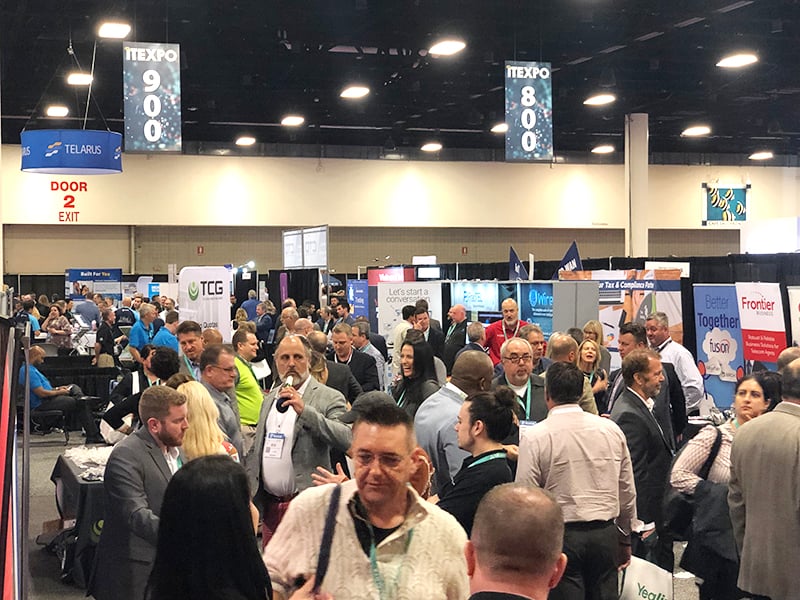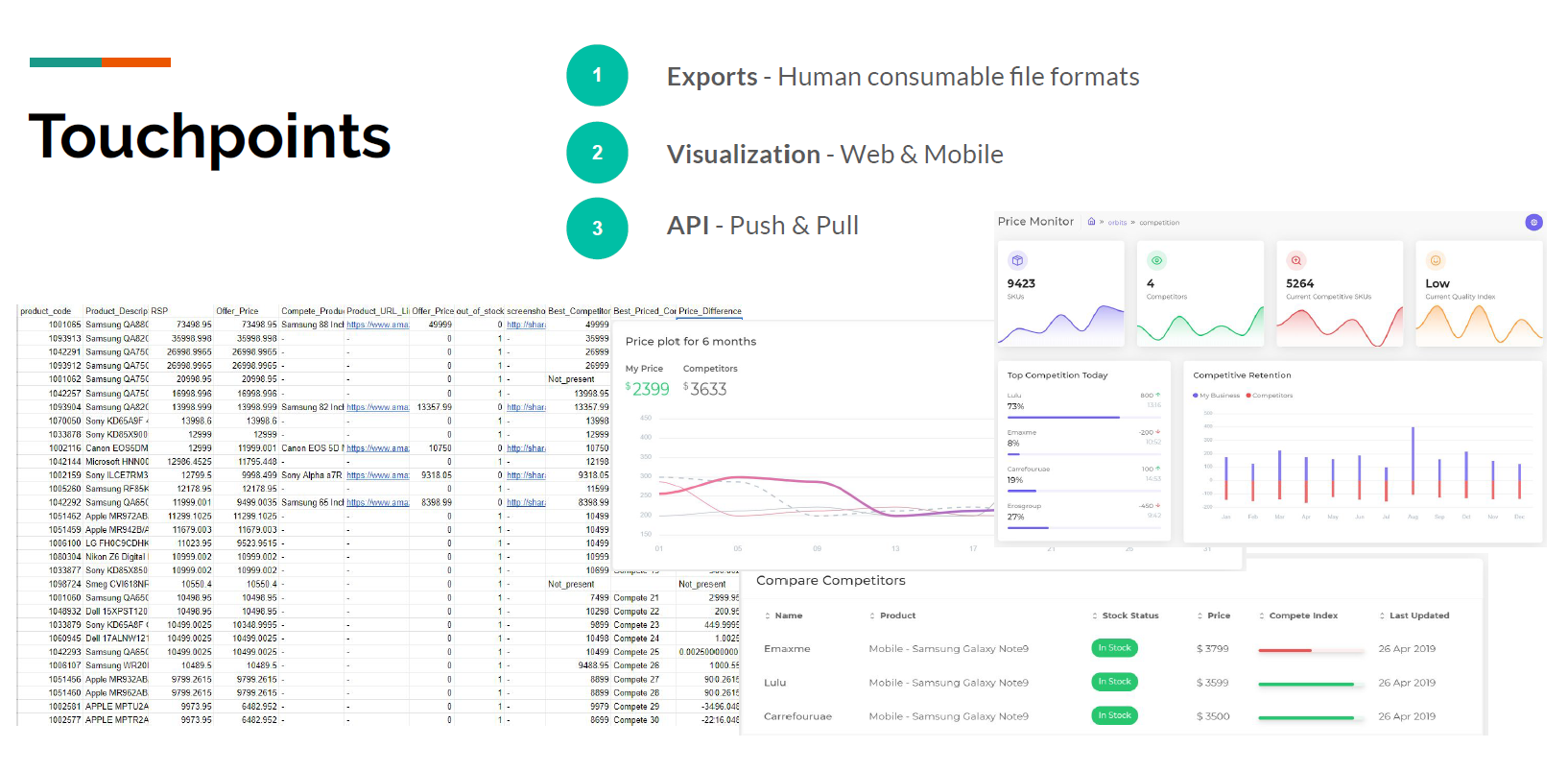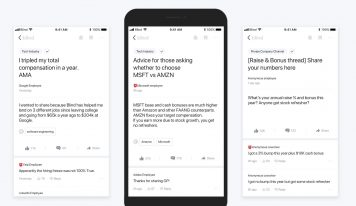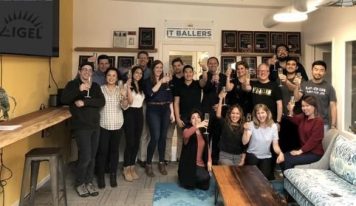Retailers and e-commerce vendors share many, similar challenges such as unsold inventory and determining what optimal pricing is based on numerous factors such as inventory value, competitive landscape, the calendar and consumer sentiment.
To solve many of these challenges, NextOrbit has developed technology which uses AI and ML to help sellers determine what to price their products.
In an exclusive interview with company Founder and CEO Kishore Rajgopal we learned how the company is helping retailers with their greatest challenges. He explained to us that many retailers don’t know when to discount and indeed, when there is no need to discount.

He asked, “How do you determine what products are needed in what region?”
He said his company has two decades of experience in AI and ML helping retailers… What to order and how much to order. He said customers see out of stock issues decreasing and same-store sales and basket sizes going up.
The solution consists of the following components:
- The NextOrbit PriceMind platform applies AI and Machine Learning to pricing decisions – improving profits and sales.
- The NextOrbit DemFor performs demand forecasting resulting in better inventory turns (more sales with the same or lesser inventory)
- The NextOrbit PriceEye competitor price discovery platform discovers competitors, and alerts you of their prices daily (or as often as your want).
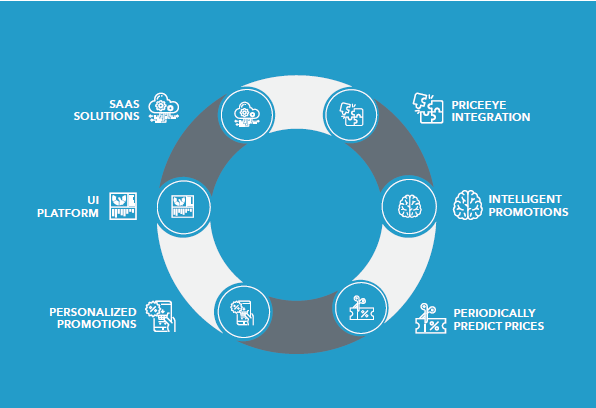
Pricing seems reasonable at $3 thousand to $6 thousand per month for a mid-size retailer. The number of stores and SKUs correlates to pricing.
The solution takes many factors into account such as GDP by zip code and what the competition is doing.
We had an interesting discussion about per-item pricing and profitability. The question we asked was regarding whether an item could be priced in a manner which loses money. He said yes and explained that customers can decide how low an item can go in price – but more importantly, the system is designed to maximize overall profitability, not necessarily profit on every product.
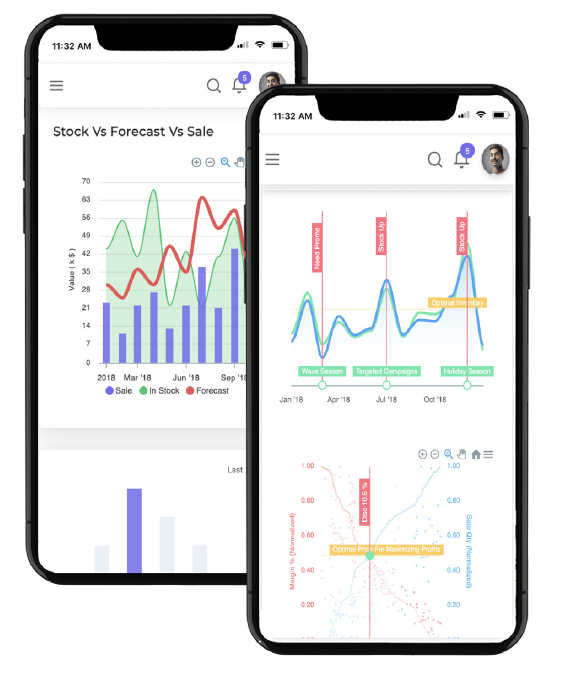
He also explained that often inventory value rapidly drops towards zero – for example, summer clothes as fall approaches or electronics. In this light, it makes more sense to set a price on an item to lose money, knowing that the product could continue to rapidly depreciate.
Hos company competes with large companies like SAP and others and is leveraging inexpensive open-source AI and ML tools to bring more reasonable prices to retailers and ecommerce companies. We consider this a Future of Work innovation and we think it is worth checking out.
Where do organizations go to learn more? The world’s only Future of Work Expo (collocated with the ITEXPO #TechSuperShow) of course. Feb 12-14, 2020 in Fort Lauderdale, Florida.
